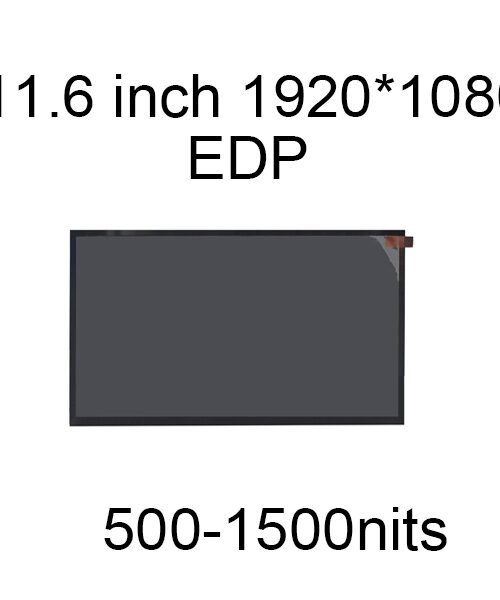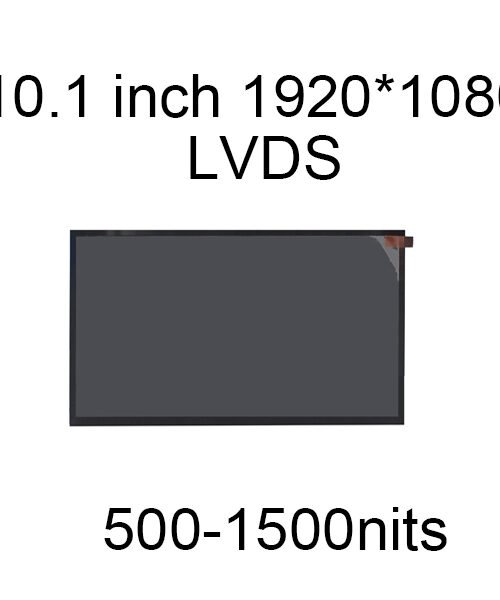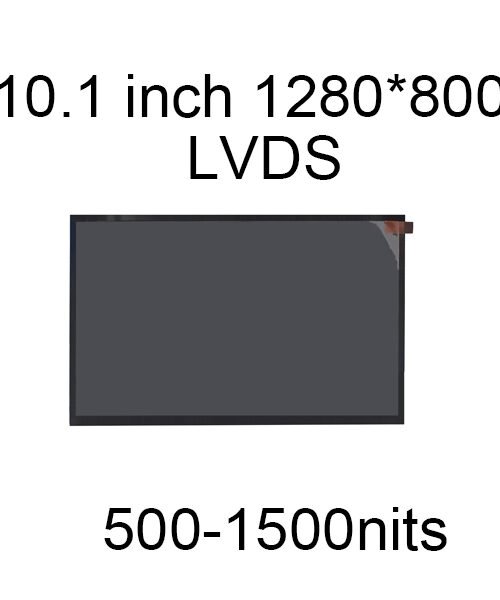The temperature range of an LCD (Liquid Crystal Display) screen depends on several factors, including the LCD technology, the quality of components, and the intended application. Different types of LCD screens are designed for specific temperature ranges to ensure optimal performance and longevity. In this comprehensive guide, we will explore the typical temperature ranges for various LCD screen types and discuss how different environmental conditions can affect their performance.
Temperature Ranges for LCD Screens:
Consumer-Grade LCDs:
Operating Temperature Range: Consumer-grade LCD screens, such as those used in TVs, computer monitors, and smartphones, typically have an operating temperature range of approximately 0°C to 35°C (32°F to 95°F). This range is suitable for indoor use in controlled environments.
Storage Temperature Range: The storage temperature range for these screens is generally wider, often around -20°C to 60°C (-4°F to 140°F). This allows for safe storage of the devices when not in use.
Industrial LCDs:
Operating Temperature Range: Industrial LCD screens, designed for more rugged and versatile applications, often have wider operating temperature ranges. They can operate in temperatures ranging from -20°C to 70°C (-4°F to 158°F) or even wider. These screens are suitable for industrial settings with varying environmental conditions.
Storage Temperature Range: The storage temperature range for industrial LCDs is similar to the operating range, allowing for flexibility in storage conditions.
Outdoor LCDs:
Operating Temperature Range: LCD screens used in outdoor displays, digital signage, and kiosks are typically designed to operate in extreme temperature conditions. Their operating temperature range can be as wide as -30°C to 50°C (-22°F to 122°F) or more, depending on the specific model and application. These screens need to withstand temperature variations in open-air environments.
Storage Temperature Range: The storage temperature range for outdoor LCDs is usually consistent with the operating range, allowing for extended periods of outdoor storage.
Ruggedized LCDs:
Operating Temperature Range: Ruggedized LCD screens, commonly used in military, aerospace, and heavy industrial applications, can have extensive operating temperature ranges. These screens are built to operate reliably in extreme conditions and may have ranges from -40°C to 85°C (-40°F to 185°F) or wider.
Storage Temperature Range: The storage temperature range for ruggedized LCDs aligns with their operating range, ensuring that the screens can be safely stored between uses.
Marine and Aerospace LCDs:
Operating Temperature Range: LCD screens used in marine and aerospace applications need to function in challenging conditions. Their operating temperature range often spans from -40°C to 70°C (-40°F to 158°F) or beyond.
Storage Temperature Range: The storage temperature range for marine and aerospace LCDs is consistent with the operating range to maintain functionality during storage and transport.
Automotive LCDs:
Operating Temperature Range: LCD screens in automotive applications are designed to operate in a range that is typically between -30°C to 85°C (-22°F to 185°F). These screens must endure the temperature extremes of both hot summer days and cold winter nights inside vehicles.
Storage Temperature Range: The storage temperature range for automotive LCDs is generally the same as the operating range.
Factors Affecting Temperature Tolerance:
Several factors affect an LCD screen’s temperature tolerance:
LCD Technology: The type of LCD technology used can influence the screen’s temperature range. For example, some LCDs may use technology that is more resistant to temperature extremes.
Quality of Components: The quality of materials and components used in the construction of the LCD screen can determine its ability to withstand temperature variations. High-quality components can offer better temperature tolerance.
Environmental Conditions: The actual performance of an LCD screen within its specified temperature range can be influenced by environmental conditions, such as humidity, exposure to direct sunlight, and air quality. In some cases, the presence of condensation or excessive moisture can impact performance.
Thermal Management: Some LCD displays are equipped with thermal management systems, such as internal heaters or fans, to help maintain optimal operating temperatures, especially in extreme conditions.
Protective Enclosures: In applications like outdoor displays, protective enclosures can help shield the LCD screen from direct exposure to harsh environmental conditions, including extreme temperatures.
Effects of Temperature Extremes:
Low Temperatures: In extremely cold conditions, LCD screens may exhibit reduced brightness, slower response times, and limited viewing angles. The liquid crystals within the display can become sluggish or freeze, affecting performance.
High Temperatures: In very hot conditions, LCD screens may appear excessively bright, leading to color shifts and potentially overheating issues. The liquid crystals can become overly mobile, causing color distortion and other image issues.
Mitigating Temperature Effects:
To mitigate the effects of temperature extremes on LCD screens, especially in environments with challenging conditions, consider the following measures:
Proper Ventilation: Adequate ventilation and heat dissipation mechanisms can help manage excessive heat in LCD screens. Ensure that screens have enough airflow to prevent overheating.
Environmental Control: In applications where temperature extremes are common, such as outdoor displays, consider environmental control measures like heating or cooling to maintain a suitable operating temperature.
Insulation and Sealing: Insulating the LCD screen and ensuring it is sealed against environmental elements can help maintain a stable temperature within the screen’s enclosure.
Thermal Management Systems: Some LCD displays come with built-in thermal management systems, such as heaters for cold conditions or fans for hot conditions, to maintain optimal operating temperatures.
In summary, the temperature range of an LCD screen varies depending on the type of screen and its intended application. Proper consideration of temperature tolerance, environmental conditions, and the quality of components is crucial to ensure the LCD screen performs optimally in a given environment. Additionally, measures like proper ventilation, insulation, and thermal management systems can help mitigate the effects of extreme temperatures on LCD screens.







